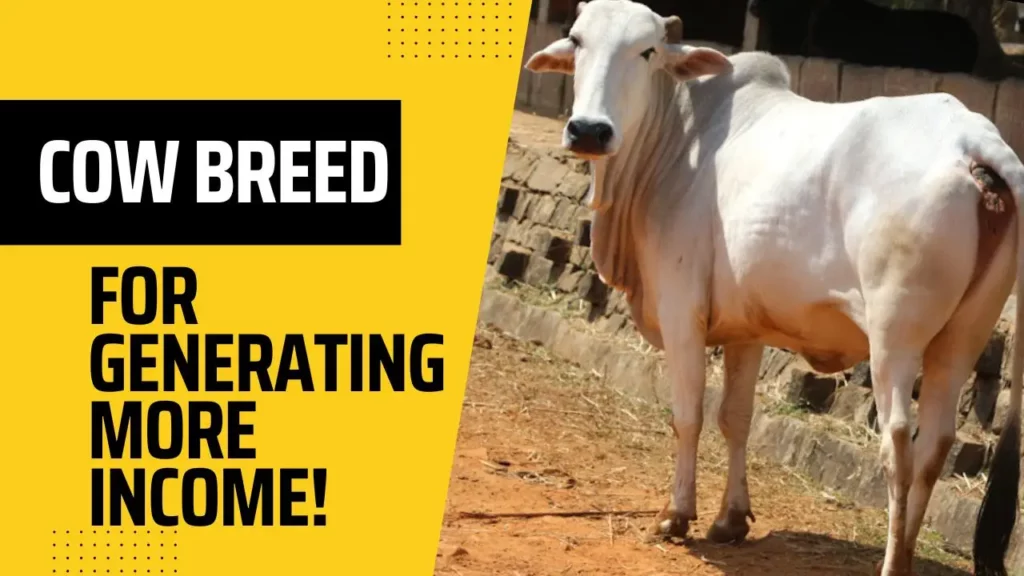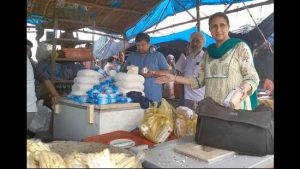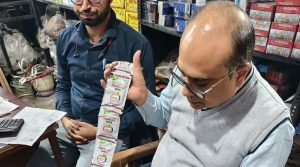
Gaolao cattle originating in India’s western and central regions, offer high milk yields and exceptional heat tolerance.
In India, where agriculture and livestock have been integral to its culture and economy for centuries, the Gaolao cow breed is emerging as a promising avenue for income generation. These sturdy and versatile animals have caught the attention of farmers and entrepreneurs alike, offering a wide range of economic opportunities.
Understanding Gaolao Cows
The Gaolao cattle breed originates from the western and central regions, including the Wardha district in Maharashtra, Balaghat and Chindwara districts in Madhya Pradesh, and Rajnandgaon district in Chhattisgarh state. In certain areas, it’s also referred to as Arvi and Gaulgani. This breed bears a resemblance to the Ongole breed but is somewhat lighter in build.
Gaolao cows produce an average of 470 to 725 liters of milk, with a milk composition containing 4.32 percent butterfat. One remarkable characteristic of the Gaolao cow is its ability to thrive in extreme temperatures, a trait not commonly seen in other cattle breeds.
Historically, the Marathas developed this breed, transforming it into a fast-trotting type suitable for swift military transportation in the hilly regions of Gondwana, Madhya Pradesh. Today, you can primarily find Gaolao cattle in the districts of Wardha, Nagpur, and Chindwara.
Income Sources from Gaolao Cow Business
- Milk Production: The primary source of income from Gaolao cows is milk production. With fair milk yields, farmers can sell fresh milk or use it to produce dairy products such as ghee, butter, and yogurt. The demand for quality dairy products in India is substantial, providing a steady income stream.
- Breeding: Breeding Gaolao cows for sale or for increasing your own herd can be a profitable venture. These cows are prized for their genetic traits, and purebred Gaolao bulls are in high demand, offering lucrative returns.
- Biogas Production: The dung from Gaolao cows can be used to produce biogas, a renewable energy source. Farmers can sell excess biogas or use it for their own energy needs, reducing expenses and generating additional income.
Challenges and Considerations
While the Gaolao cow business offers promising income opportunities, there are some important considerations:
- Initial Investment: Acquiring Gaolao cows and setting up appropriate infrastructure can require a significant initial investment.
- Feeding and Healthcare: Proper nutrition and healthcare are essential for maximizing income. Neglecting these aspects can lead to reduced productivity and profits.
- Market Research: Before starting a Gaolao cow business, it’s crucial to research local and regional markets to understand demand and pricing trends.
- Regulatory Compliance: Compliance with government regulations and animal welfare standards is essential to avoid legal issues and ensure the well-being of the animals.
The Gaolao cow breed presents a lucrative income opportunity for farmers and entrepreneurs in India. Their fair milk yield, adaptability, and cultural significance make them a valuable asset in the dairy and agriculture sectors.
However, success in the Gaolao cow business requires careful planning, investment, and a commitment to providing proper care to these remarkable animals. With the right approach, this breed can indeed lead to increased income and a prosperous future in the Indian agricultural landscape.

















